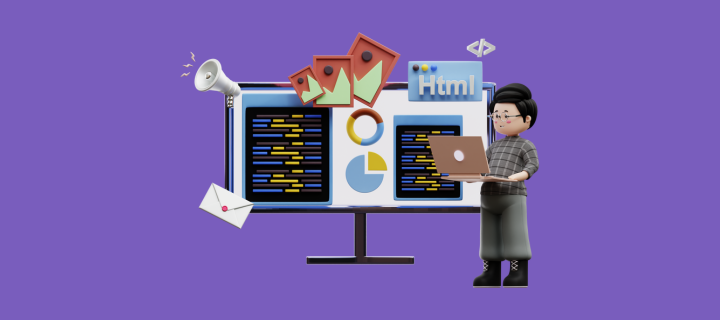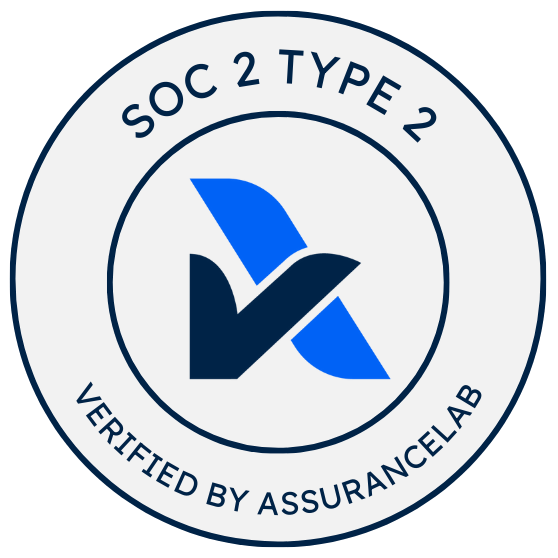
Code Reviewing: Finding Bugs and the Art of Crushing 'Em
Delve into the true essence of code reviews and learn the secrets to crafting clean, impressive code that stands the test of collaboration.

Code review is an essential part of the software development process. It ensures code quality, reliability, and maintainability, making it a fundamental practice in any engineering team. It requires attention to detail, strong communication skills, and an understanding of software design principles.
In this article, we’ll explore effective code review strategies, common pitfalls to avoid, and how to make the process smoother for both authors and reviewers.
Code review is a collaboration, not a competition
Code review isn’t about proving who’s right or wrong—it’s about working together to improve the codebase. The reviewer and the author share the same goal: writing clean, efficient, and maintainable code that solves real-world problems. Approaching code reviews with a constructive mindset leads to better outcomes and a healthier engineering culture.
A successful review process involves clear, respectful communication. Instead of focusing on personal critique, keep discussions centered on the code itself. A best practice is to phrase feedback as suggestions rather than commands. For example, instead of saying, “This function is written poorly,” try, “Would it be clearer if we refactored this function into smaller, reusable components?”
Want to refine your review workflow further? Check out harmonizing your code review process for deeper insights.
Automate the routine: Let tools handle the repetitive work
Many review comments revolve around formatting, syntax, and naming conventions. Instead of manually flagging these issues, use automation tools like ESLint, Prettier, or GitHub Actions to enforce code style before a human review even starts.
Automating these checks not only saves time but also ensures consistency. Integrating tools like PullFlow can streamline your Slack-based code review process, minimizing back-and-forth discussions about routine fixes. Learn how PullFlow can integrate with your workflow.
Code style: Keeping things readable and maintainable
Readable code is maintainable code. Tools like Prettier and ESLint handle basic formatting, but teams can also benefit from style guides that dictate naming conventions, indentation, and function structures. Consistency in code style helps engineers navigate the codebase more efficiently, reducing cognitive load.
For teams managing large repositories, establishing a shared style guide and enforcing it through automated tooling can significantly reduce friction during reviews. Learn more about the impact of clean code principles.
Tests: Automating quality assurance
Testing catches issues before they reach production, making it an essential part of the review process. Automated testing frameworks like Jest, Pytest, and JUnit help developers validate their work quickly.
Beyond standard unit and integration tests, advanced techniques like mutation testing can strengthen test coverage. By introducing small code changes (mutations) and seeing if tests catch them, teams can identify weak spots in their test suite.
For remote teams, ensuring comprehensive test coverage in PRs is crucial. Read about AI-driven code reviews for remote teams to see how automation can streamline this process.
Avoiding code duplication
Redundant code can lead to maintenance headaches. Tools like SonarQube and CodeClimate automatically detect duplicate code patterns, helping teams maintain a DRY (Don’t Repeat Yourself) approach.
During a review, watch for opportunities to refactor duplicated logic into reusable functions or modules. Encouraging modular design leads to a more maintainable codebase and reduces the risk of inconsistencies over time.
Code analysis: Gaining deeper insights
Static analysis tools offer insights into code complexity, security vulnerabilities, and performance bottlenecks. By integrating tools like SonarQube or ESLint, teams can proactively identify potential issues before they become production problems.
For those diving deeper into code review metrics, understanding these insights can help measure review effectiveness and code quality trends over time.
Business goals: Understanding the ‘why’ behind the code
A great code review goes beyond just syntax—it considers the purpose behind the implementation. Before evaluating a PR, ask:
- What problem does this code solve?
- Does it align with the business objectives?
- Are there potential scalability concerns?
By focusing on the bigger picture, reviews become more strategic and impactful.
Key areas of implementation
Once the intent behind the code is clear, it’s time to assess implementation details. Here are key areas to focus on:
Security: Ensuring robust protection
- Does the code introduce vulnerabilities like SQL injection or XSS?
- Is user input properly sanitized?
- Are secrets and API keys securely managed?
Security should never be an afterthought. See how AI can help enforce security best practices.
Error handling: Building resilience
- Does the code handle exceptions gracefully?
- Are meaningful error messages provided?
- Could failure scenarios be better anticipated?
Good error handling leads to a better user experience and easier debugging.
Performance: Optimizing for efficiency
- Does the code introduce unnecessary computational complexity?
- Are database queries optimized?
- Are there potential memory leaks?
Performance matters, especially in high-traffic applications. Consider profiling tools like Lighthouse or New Relic to monitor performance metrics.
Integration: Ensuring compatibility
- Does the new code break existing functionality?
- Is it modular and future-proof?
- Are dependencies managed correctly?
Logging and tracing: Improving observability
- Are logs meaningful and easy to interpret?
- Is the logging level appropriate for production?
- Are structured logs used for better traceability?
Logging is key for debugging and monitoring system behavior. Following structured logging best practices can help teams troubleshoot issues more effectively.
Code review is an ongoing process
Code review isn’t a one-time checkpoint—it’s a continuous practice. By integrating review best practices into daily workflows, teams can improve collaboration, reduce defects, and build more resilient software.
For an in-depth look at refining your review process, explore manual vs. automated code reviews.
By leveraging automation, adopting best practices, and fostering a constructive review culture, teams can ensure that code quality remains high while minimizing friction. Want to take your code reviews to the next level? Check out PullFlow AI to see how AI-driven insights can accelerate your workflow.


